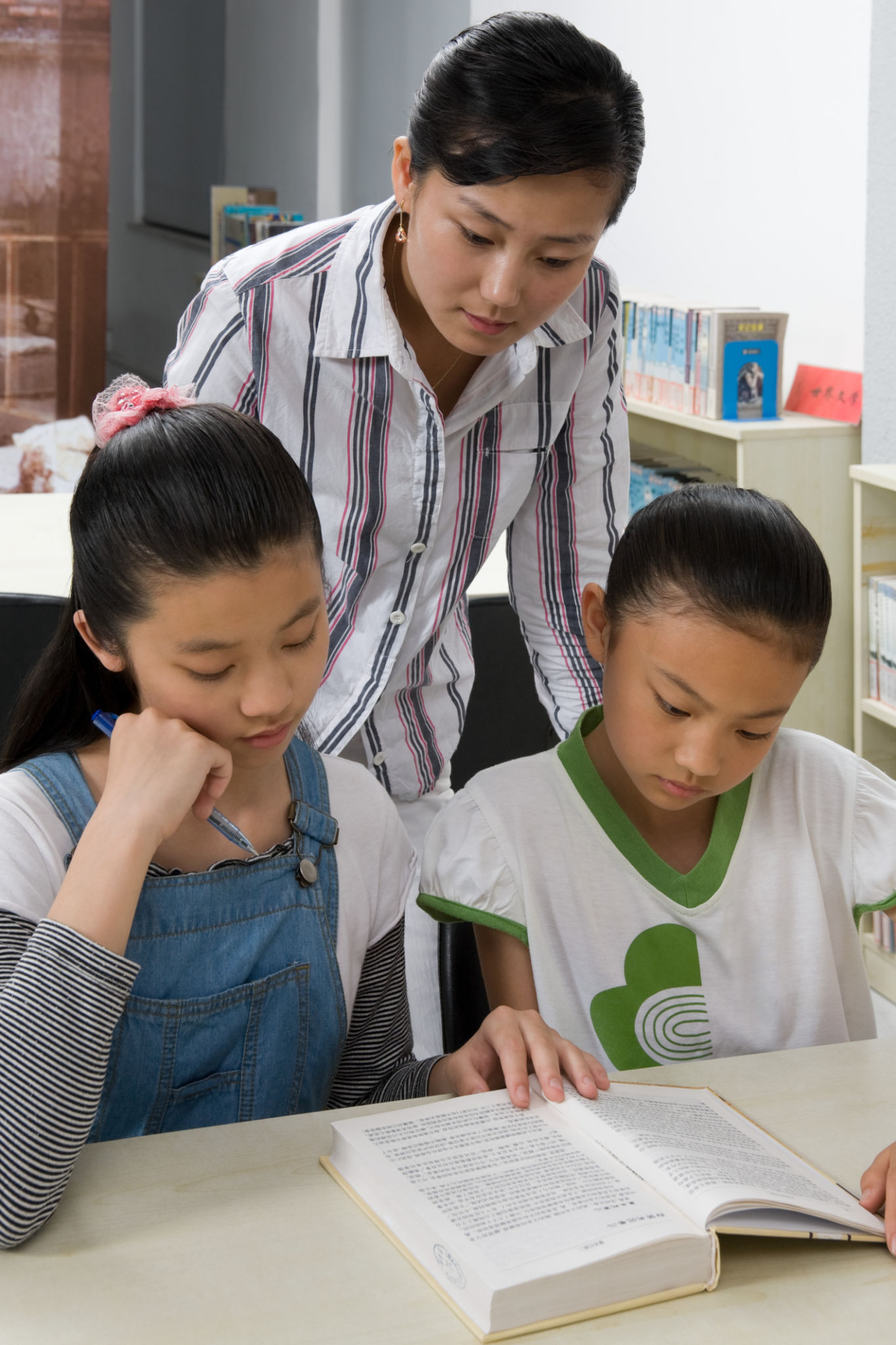Top Educational Books for Cultural Rehabilitation Programs
Introduction to Cultural Rehabilitation
Cultural rehabilitation programs play a crucial role in helping individuals reconnect with their cultural roots, promoting understanding, and fostering a sense of belonging. One of the most effective ways to achieve this is by incorporating educational books that delve into cultural histories, traditions, and values. These resources provide invaluable insights and encourage personal growth and community engagement.
Understanding Cultural Identity
Books that explore cultural identity are essential in cultural rehabilitation programs. They offer a deep dive into the traditions, values, and histories that shape communities. Understanding one's cultural background can be empowering and transformative. Some notable titles in this category include:
- "The Souls of Black Folk" by W.E.B. Du Bois - This classic explores African American identity and history, offering profound insights into the struggles and triumphs of the community.
- "The Joy Luck Club" by Amy Tan - Through intergenerational stories, this novel highlights the complexities of Chinese-American life, bridging cultural gaps between generations.

Embracing Multiculturalism
Books that celebrate multiculturalism are vital for fostering an inclusive mindset and understanding diverse perspectives. These resources help participants appreciate the richness of different cultures and the commonalities that bind us together. Recommended reads in this area include:
- "The Kite Runner" by Khaled Hosseini - Set against the backdrop of Afghanistan's tumultuous history, this novel explores themes of friendship, redemption, and cultural heritage.
- "Americanah" by Chimamanda Ngozi Adichie - This narrative examines race, identity, and belonging through the lens of a Nigerian immigrant's experiences in America.
Historical Contexts
Understanding historical contexts is crucial for cultural rehabilitation. Books that provide historical insights allow individuals to see how past events have shaped current cultural landscapes. Some essential readings include:
- "Guns, Germs, and Steel" by Jared Diamond - This work explores the factors that have influenced world history, offering a broad perspective on cultural development.
- "A People's History of the United States" by Howard Zinn - This book presents American history from the viewpoint of marginalized groups, providing a more inclusive narrative.

Fostering Cultural Resilience
Cultural resilience is about building strength and adaptability within communities. Books that address resilience can inspire individuals to overcome challenges and thrive. Key titles include:
- "Educated" by Tara Westover - A memoir about a woman's quest for education while grappling with her family's cultural beliefs.
- "Persepolis" by Marjane Satrapi - A graphic novel depicting a young girl's experience growing up during the Iranian Revolution, highlighting resilience in the face of adversity.
Practical Application in Programs
Incorporating these books into cultural rehabilitation programs can be done through reading groups, discussions, and reflective writing exercises. These activities promote engagement and allow participants to explore their identities in a supportive environment. Libraries and educational institutions can collaborate to provide access to these resources, ensuring that everyone has the opportunity to learn and grow.

Conclusion
Educational books are a powerful tool in cultural rehabilitation programs, offering insights into identity, history, and resilience. By engaging with these texts, participants can enhance their understanding of themselves and their communities, paving the way for personal growth and collective harmony. As we continue to embrace diversity and multiculturalism, these books serve as vital resources for fostering a more inclusive society.